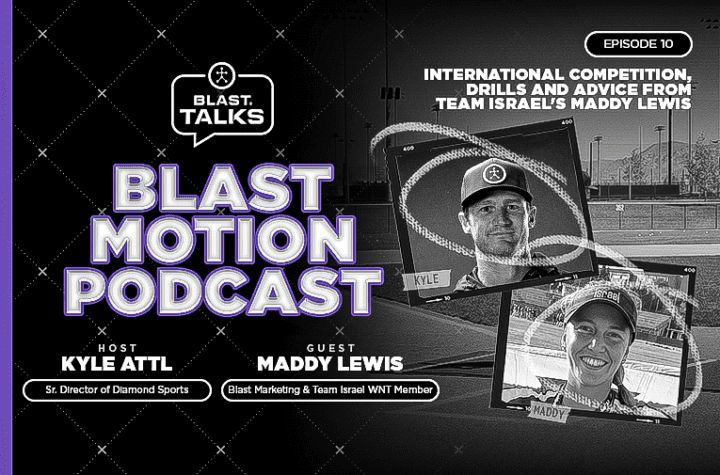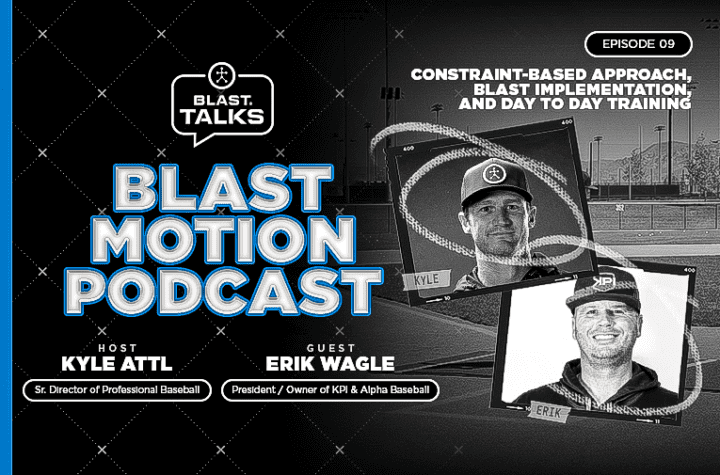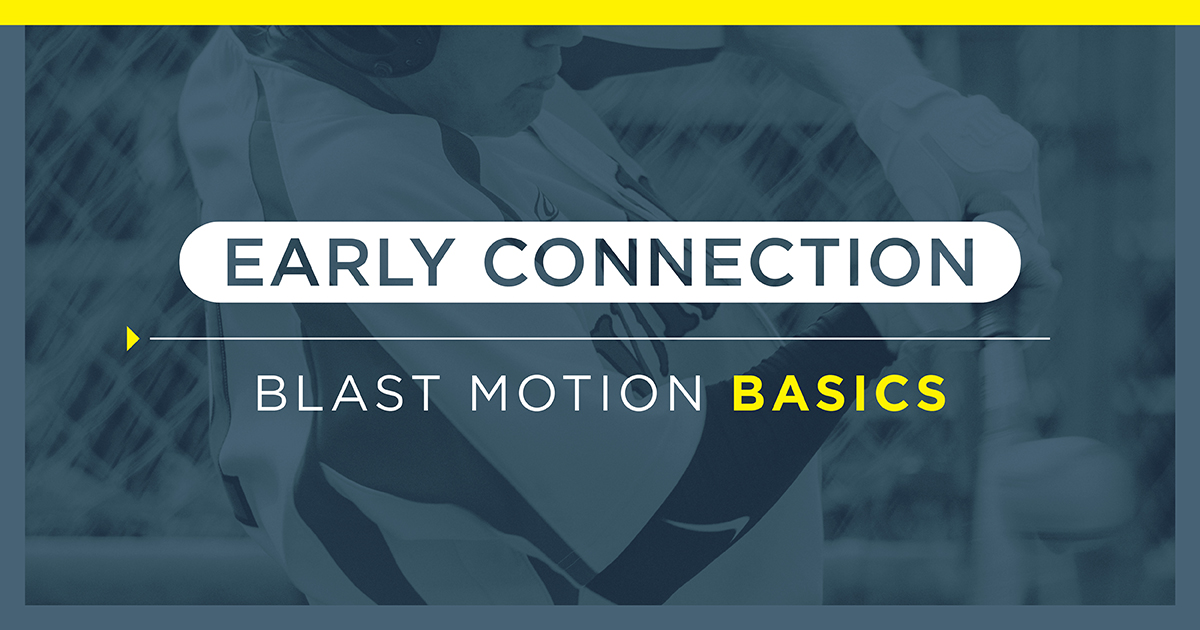
By: Kyle Attl – Director of Professional Baseball
Metric Definition: Early Connection measures the angle between the hitter’s Body Tilt and Vertical Bat Angle as they initiate the swing.
Early Connection is one of the most important metrics that the Blast Swing Analyzer measures for a baseball or softball hitter. It is important to know and track over time. Early Connection is the starting point of the swing (after the load) and can show how consistently the load move puts a hitter into their best hitting position.
Hitters want to be in an optimal position early and stay in a good position throughout the swing. Early Connection simply measures this for you.
“Hitting is a combination of consistency and adjustability.” – Jacob Howenstein, Blast Motion Biomechanical Engineer
Key Points:
- Early Connection shows how consistently a hitter gets into their hitting position using their load, regardless of if the metric is in range. Hitters should strive have a consistent load into their hitting position. This would result in seeing consistent Early Connection numbers in your app or on Blast Connect.
- If you start in a good position, it is easier to stay in a solid position throughout the swing. Early Connection in range (80° – 105°) shows the hitter’s load puts them in a beneficial position to swing. Early Connection in this range promotes higher On Plane Efficiency.
The example below is five in-game swings that were captured by a player.
The hitter has two swings where their Early Connection is significantly higher. These two swings started differently than the others.

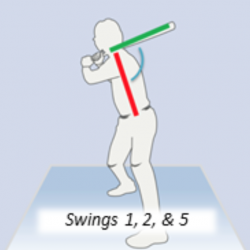
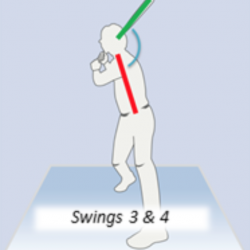
Understand and Utilize the Early Connection Metric
- Early Connection is measured as the bat transitions from LOAD into the SWING.
- Early Connection is a single point in time. You can choose your own terms here, but this point is when the hitter decides it is GO time to swing! Terms like launch, fire, heel plant, are used, amongst others. Like a sprinter coming out of the starting blocks, the race has begun.
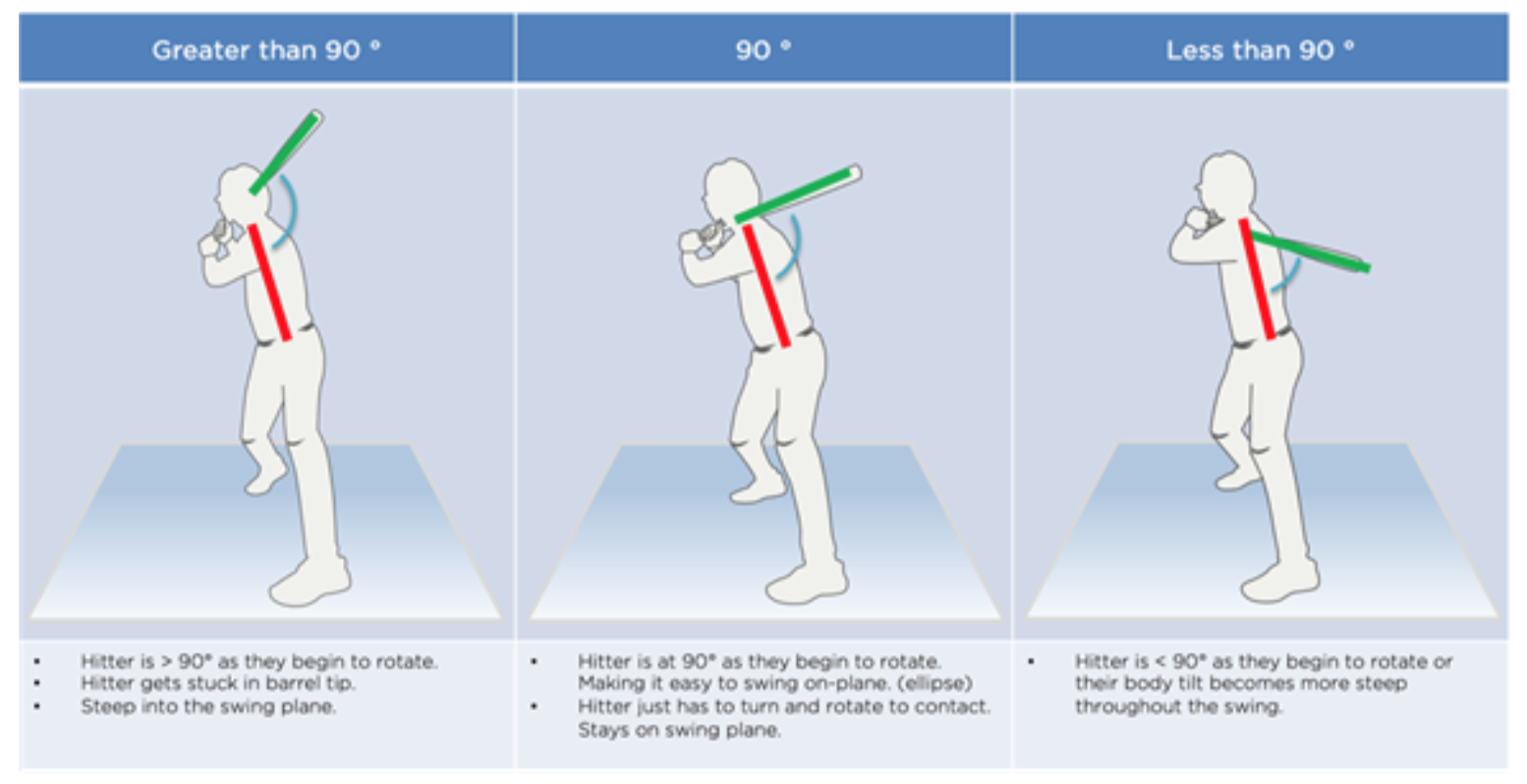
Know Your Numbers With Blast
- Strive to have consistent Early Connection metrics. A 15° range is considered consistent. For example, that would put a hitter in a 90° – 105° range.
- Strive to be in the target range (80° – 105°). With these numbers, the bat is roughly perpendicular to the spin (Body Tilt) when the swing is initiated.
- Track swings throughout the year with offline mode (or live mode) so you can monitor your metrics over time and check in whenever you need. You can check in after a game, a practice, a week of swings, or even month-to-month. Capture data regularly!
- Always try to apply Context to your swings so you can filter and see swings specific to soft-toss, BP, and in the game. You will be surprised how much your swing changes from one environment to another.
Below is an example of in-game data from a Double-A player throughout the course of the Minor League Baseball season. This hitter goes out of their target range and starts to have high Early Connection Metrics five months into the season – which is just about halfway through the season. In this example, the hitter’s performance drops, corresponding with lower batting average, slugging, and average exit velocity. With the Blast Motion Sensor, you can see these changes and know your swing.

Early Connection Tips for Training
- Instant feedback, such as seeing the metric pop up in between swings, can be a great tool to improve Early Connection. Have your phone or iPad out for feedback or display on a nearby screen.
- In-game data is critical. During the season, even if you are not focused on data or swing changes, using your sensor to capture in-game data with offline mode can help you see how Early Connection changes over the course of a season. With offline mode, you essentially put the sensor on the bat, forget about it and play, then download your swings that are stored on the sensor after the game.
- Viewing a set of swings is generally better to look at than a single swing. A round of batting practice, a game, or a whole weekend is ideal. This is where your Blast Swing Profile can help. With a quick look at this, you know exactly where you fall. Monitor and know your swing!

Are there good hitters that have high Early Connection and how do they do it?
Read about Rotational Acceleration and the benefits to having good metrics here.

WIN Reality Acquires Blast Motion
WIN Reality Acquires Blast Motion: A New Era in Swing Development AUSTIN, TX June 23, 2025. WIN Reality, the leading virtual reality training and AI-powered
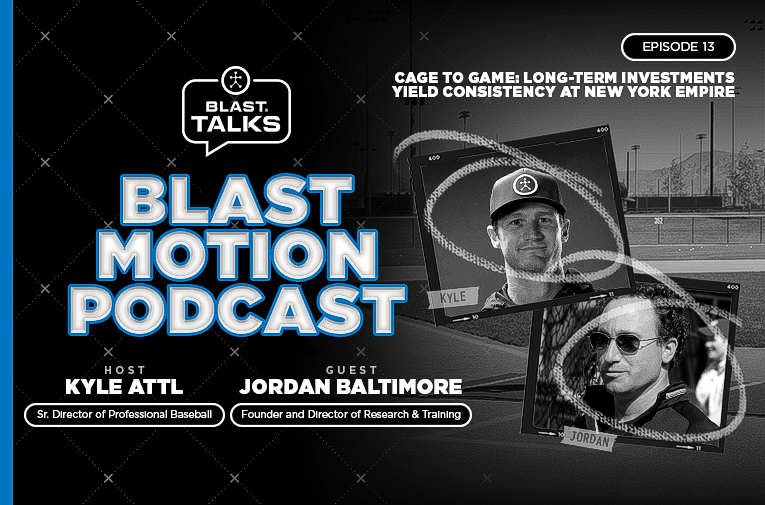
Blast Motion Podcast Episode 13: Cage to Game: Long-Term Investments Yield Consistency at NY Empire
PREVIEW In Episode 13, Sr. Director of Professional Baseball Kyle Attl is joined by Founder and Director of Research & Training at New York Empire
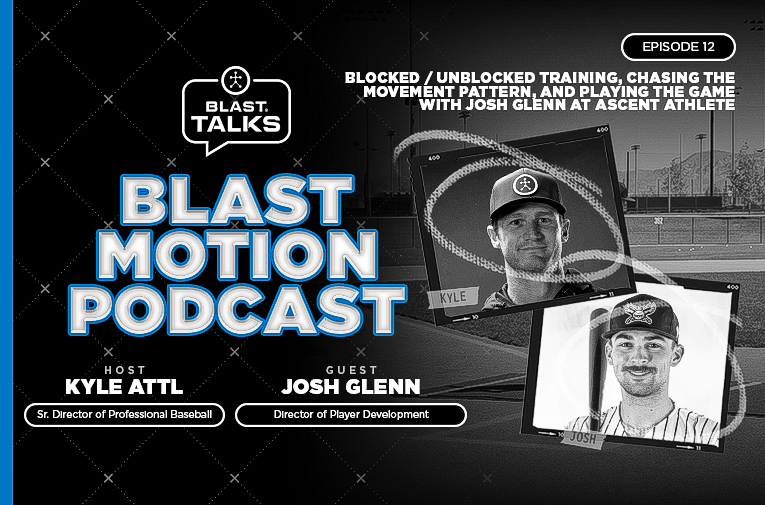
Blast Motion Podcast Episode 12: Blocked/Unblocked Training, Movement Patterns & Playing the Game
PREVIEW In Episode 12, Sr. Director of Professional Baseball Kyle Attl and Josh Glenn, Director of Player Development at Ascent Athlete, talk blocked / unblocked training,

Ways to Gamify Softball Training With Tech – Free E-Book!
INTRODUCTION For softball players in the state of Minnesota, it’s dome sweet dome. As many as 15 to 20 domes have been built in the

Ways to Gamify Baseball Training With Tech – Free E-Book!
INTRODUCTION When it comes to baseball, there’s a game within the game known —simply enough — as gamification. In other words, baseball may be a

Blast Motion Podcast Episode 11: The Holistic Approach in Youth Development at KPI Softball
PREVIEW In Episode 11, Sr. Director of Diamond Sports Kyle Attl speaks with KPI Softball’s Dan Cubling on the holistic approach of youth player development, differences
